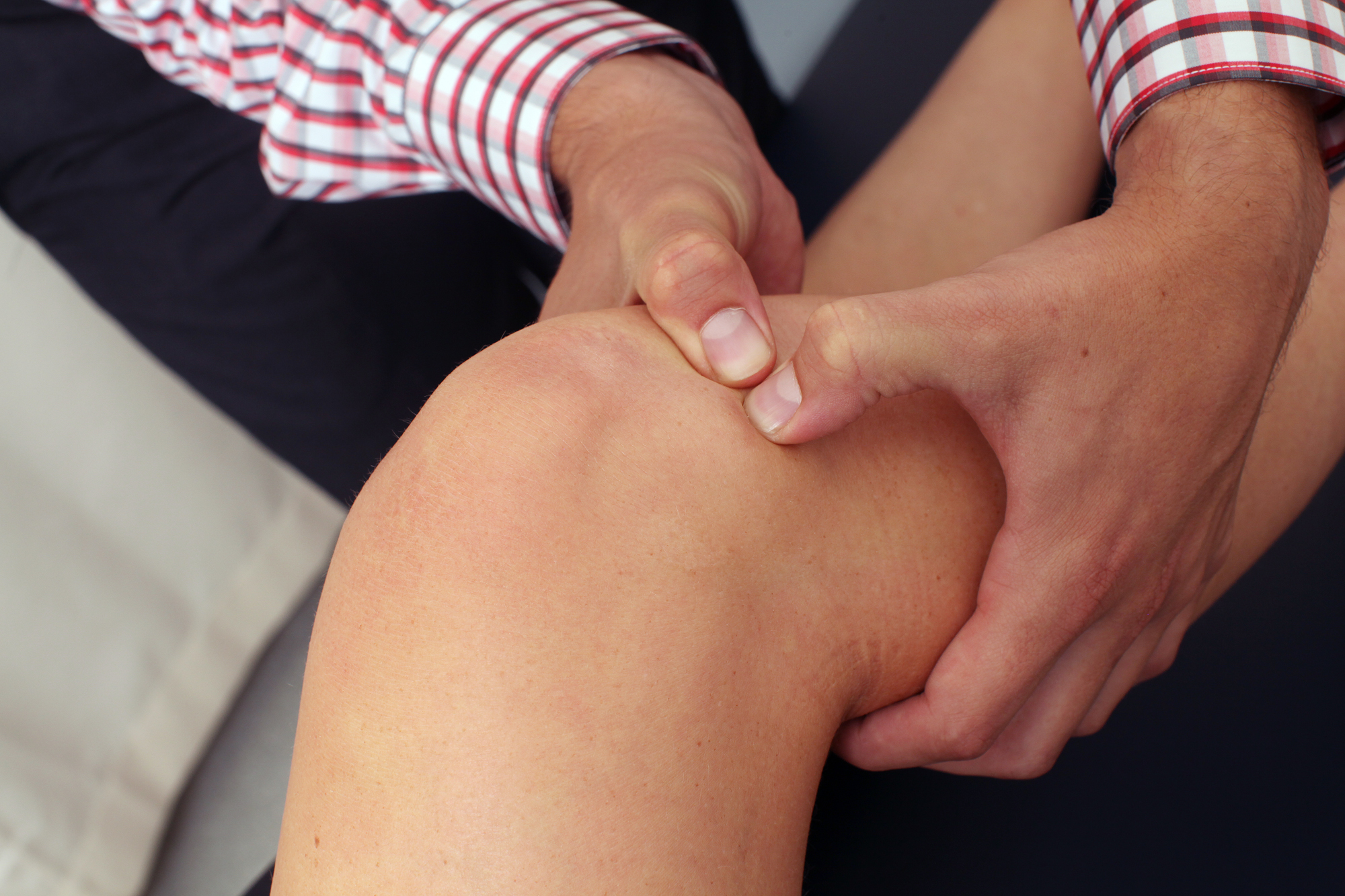There are many ways to avoid injury when riding. Michael Hobbs highlights five key tips for pain-free pedalling.
It’s rare to meet a rider, indeed any sportsperson, that’s moves 100% pain-free. We’re continually searching for that weightless, free movement we once had, or thought we had in our youth. Though you may never reach this physical nirvana again, you can apply simple techniques to prevent future injuries from occurring.
Physiotherapist and manager at Cabrini Allied Health Centre, Kirby Young, has spent his life’s work helping people get back on their bike and stay on their bike. His experience in the private and public sectors, spans across the emergency department, outpatient department and private practice.
Riders commonly develop knee, neck and lower back pain says Kirby. These and many other niggles can be prevented with these tips:
- Find the right fit
Whatever exercise you’re doing, having the right equipment for your level of experience and physical attributes is critical. If it feels awkward or uncomfortable when riding, it’s likely your bike doesn’t fit or needs adjustment. Have it fitted and set up professionally.
- Call it early
The earlier you identify an issue or a niggle, the better. Don’t let it develop into something serious or chronic. Seek assistance from a health professional if you start to develop symptoms – particularly pain, pins and needles or numbness that persist after you’ve finished riding or are recurrent.
- Add strength to your program
Cycling isn’t enough to keep fit and strong. To make the most of your cycling, and to get the best out of your body, you need to do complimentary strength training. Without adequate gluteal and thigh strength in particular, you can develop overuse injuries or encourage poor form. Add a pilates or strength training your weekly routine (2-3 sessions a week).
- Warm up
Raising the body temperature and warming up improves the firing of muscle fibres, reduces premature fatigue, improves the gliding of tissues to reduce friction, and gets your mind ready to roll. The jury is still out on stretching as part of the warm-up, however there is some evidence to suggest doing so before activity could be detrimental. Stretching as part of the cool down however, is something I recommend.
- Stay mobile
Efficient performance, particularly for endurance sports such as cycling, requires good flexibility and full range of joint movement. The key areas to focus on are your lower back, hamstrings, quads, hip flexors and glutes. Pilates or yoga are good for gaining increased range with appropriate muscle control. Using a foam roller for the ITB (ilio tibial band) is also something I commonly recommend, but don’t overdo it.
Injury prevention is all about good preparation, good habits and good advice. You will enjoy your bike riding so much more in the absence of injury or discomfort. Following these five tips won’t guarantee you’ll avoid injury, but it will give you a fighting chance.
Cabrini Allied Health Centre specialises in treating cycling injuries. To find out more visit [email protected] or call (03) 9508 1400.


I can’t stress how important this is to any bicycle tourists who might be reading. Despite daily stretch sessions I came off a five year tour with hip flexors so tight I couldn’t stand upright and lived in constant pain. A year of hard work later I’m just starting to get a handle on the issues but am still off the bike. One of my saviors has been yoga, which I now wish I’d started as a preventative measure years before. So if you’re going touring I strongly recommend building some kind of yoga practice into your routine before you leave.